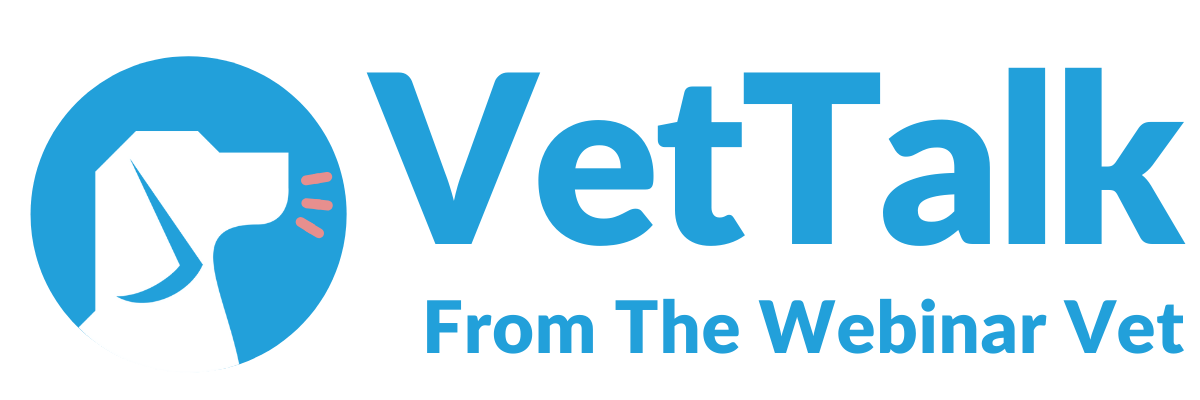
Webinar Review: The Needle-Shy Horse – Practical and Safe Strategies for Injection
In the equine world, dealing with a needle-shy horse is a challenge many vets face—often with great frustration and, at times, personal risk. In this insightful and practical webinar, Matthew Sinovich, specialist equine surgeon, offers guidance on safer, more compassionate techniques for handling and injecting needle-shy horses. Drawing from his own experiences and supported by behavioural science, Matthew delivers a thoughtful, safety-first approach that puts both horse welfare and handler safety at the forefront.
 A Personal Perspective on Safety and Risk
A Personal Perspective on Safety and Risk
Matthew begins by reflecting on his own early career, noting how common injuries are in equine practice—especially when dealing with uncooperative horses. He sets the tone by highlighting a crucial truth: no procedure is worth risking your safety for. This theme runs throughout the webinar, as Matthew advocates for a combination of preparation, patience, and prevention.
Recognising and Addressing Aversive Behaviours
One of the core topics discussed is the behavioural basis of needle aversion. Horses learn through trial and error, and unfortunately, negative experiences—such as pain or fear—can quickly create long-lasting associations. Matthew breaks down the principles of positive and negative reinforcement, using relatable examples like clipper shyness, to help vets understand how behaviours become entrenched.
By shifting our mindset from “praise vs punishment” to “addition vs removal of stimuli,” Matthew encourages a more scientific and humane approach to training and handling.
Short- and Long-Term Strategies for Injection
Matthew outlines practical strategies for managing needle-shy horses, distinguishing between short-term interventions and long-term behavioural solutions:
Short-term solutions:
Sedation using alpha-2 adrenoceptor agonists (e.g., Domosedin)
Physical restraint (stocks, stable doors, or using injection extensions)
Ensuring skilled handlers and appropriate PPE
Long-term solutions:
Behavioural modification and clicker training
Owner education and consistency
Referrals to behaviour specialists when appropriate
He stresses that each horse requires an individual approach, and that success often depends as much on the handler's skills as it does on the method used.
Protective Gear: A Culture Shift in Equine Practice
A particularly interesting segment of the webinar focuses on the growing adoption of protective headgear in equine medicine. Matthew highlights how wearing helmets or even full-face shields is now encouraged by their parent company, Partners, and how it should be seen as a sensible, proactive measure—not a sign of weakness or inexperience.
He shares examples of different helmet types and addresses the concern that gear might spook horses or colleagues, reassuring the audience that comfort and confidence come with familiarity.
Clicker Training: From Fear to Trust
Matthew provides an excellent overview of clicker training, showing how positive reinforcement can be a powerful tool in reshaping behaviours. With the help of a real-life case study involving a horse named Matilda, he illustrates how consistent, reward-based training can help horses become more tolerant—not just of needles, but of common procedures like foot lifting and clipping.
 Knowing When to Say No
Knowing When to Say No
One of the most powerful takeaways from the session is Matthew’s reminder that it’s okay to walk away from a procedure if the risks are too high. Veterinary professionals must prioritise their safety, both physically and mentally. He closes the webinar with a strong message about self-care, advocating for open conversations around mental health in veterinary practice and encouraging vets to seek support when needed.
Final Thoughts
The Needle-Shy Horse is more than just a guide to injections—it’s a call for empathy, education, and evolution in equine practice. Whether you’re a newly qualified vet or a seasoned equine professional, this webinar provides a well-rounded, practical toolkit for handling one of the most common yet challenging issues in the field.
